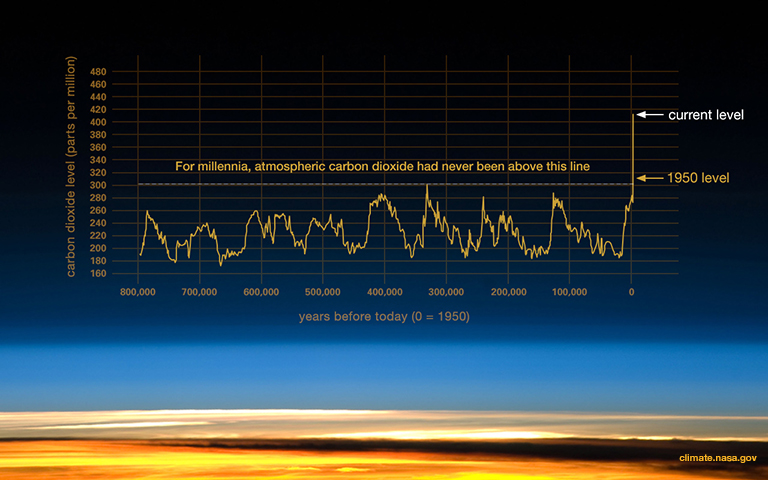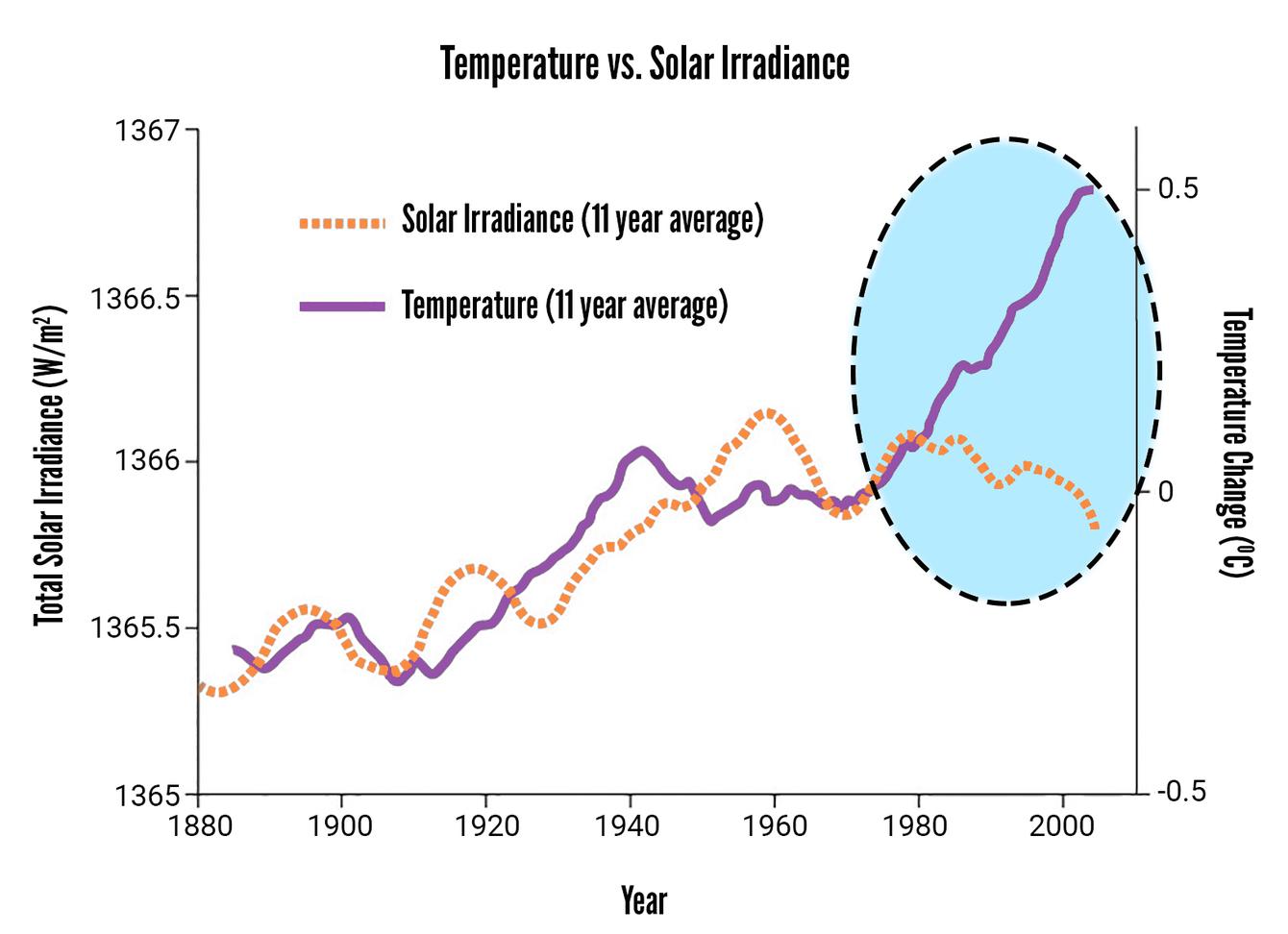The idea of climate change has been around since 1896. We have since entered a full-blown “Climate Crisis”, but many remain skeptical. In this article, we review what global warming is and how we know it is happening.
—
Greenhouse gas (GHG) concentrations and atmospheric temperatures have been fluctuating naturally over the course of our planet’s entire existence (for more on this, check out our article: A Brief History of CO2). So what is different about our current situation, and why should we (or should we not) be worried?
First, let’s look at the history of climate science for a minute.
Svante Arrhenius was a Swedish pioneer of climate science. He postulated in 1896 that the growing trend of burning coal would eventually warm the atmosphere and that this would lead to better living conditions. Not surprising, considering the cold and difficult climate in his part of the world.
Using infrared (heat) observations of the moon, he calculated how much heat is captured by CO2 and water vapor in our atmosphere. His findings have been extensively tested since and have become a core component of climate science today.
What Causes Global Warming?
In the past, global warming largely depended on CO2 fluctuations, driven by the give and take between natural carbon sources (rock weathering, volcanic activity) and sinks (burial in sediments, plant capture). These processes are slow and create variations over millions of years. After having gone through a remarkably stable 12,000 year period, CO2 levels have seen a spurt over the past 2 centuries, concurrent with the advent of industry. In fact, the world has never seen such emission rates except during supervolcanic eruptions.

Ice core records show the uncharacteristically rapid increase in atmospheric CO2 compared to the past 800,000 years baseline. Source: Nasa.
Despite being demonised today, CO2 and other GHGs are crucial to making life on Earth possible. They form a blanket around the globe that helps keep temperatures at a comfortable 15°C on average, rather than 0°C if they were not around.
Reasonable Doubt
Our climate is definitely changing: we regularly hit temperature records, ice melt records, and are witnessing accelerating sea level rise, coral reef bleaching, and extinction rates. That these are all happening now, concurrent with our encroachment on nature and atmospheric warming could be but a coincidence, but would you really put your money on it? According to scientists, the likelihood that we are responsible for the changes we see around us is of 95%.
The problem is, you might not notice any significant changes where you are, and seeking to disbelieve a cataclysmic rumour is natural human behaviour.
Many climate processes aren’t visible by the naked eye and require huge amounts of work by our scientists to extract from years of observations. Thus, climate change has become a trust issue between the public and policy-makers on one side, and the scientific community on the other. Now, researchers who were labelled as alarmists have been proven right, and it is crucial for us to put faith in those best-equipped and trained to inform us.
One final, interesting point. CO2 levels are at 410 parts per million (ppm) today; at their highest, they were between 3000 and 9000 ppm. Those who have heard of the Hothouse Earth scenario may wonder why it didn’t happen then. Well, scientists believe it is due to a period of lower solar irradiation – our sun’s activity isn’t constant, and periods of weak activity make a big difference here on Earth. Here is the kicker, we are currently in a period of low solar activity, meaning temperature should naturally be getting colder right now, but instead it is increasing, providing further evidence for unnatural heating.

The discrepancy between solar irradiance and temperature over the last 50 years. Source: Wright Seneres.
Whether we want to play the blame game, there is solid scientific proof global warming is happening, and that adaptation will come a great cost. Chances are, we could avoid a great deal of human suffering if we listen to our scientists and aim for total decarbonisation. It’s time for our wisdom to start matching our intelligence.
You might also like: IPCC Report May Be A “Code Red for Humanity,” But We Still Have Choices to Make










![The Statistics of Biodiversity Loss [2020 WWF Report]](https://u4d2z7k9.rocketcdn.me/wp-content/uploads/2020/12/lprwinkyTHB-544x306.jpg)





